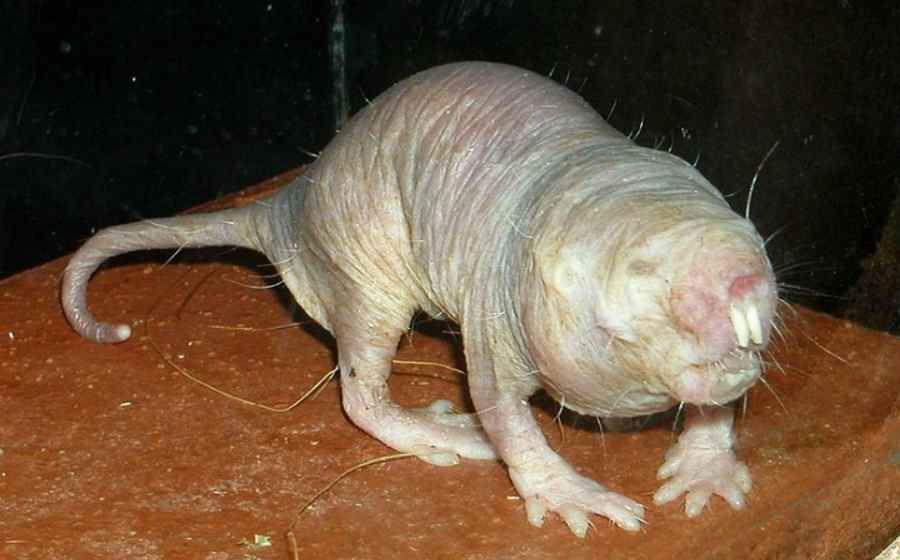
The sand pigeon – a rodent that breaks the biological law of aging
The sandpiper may not be one of the most beautiful in the animal world, but it is unique in other respects. It has almost no cancer, is resistant to some types of pain and can survive for up to 18 minutes without oxygen. But their most amazing feature is that they don’t actually age.
The sand pigeon is a species of rodent in the mole rat familyow. It inhabits eastern areas of Africa – Somalia, Ethiopia, Kenya or Djibouti. It is blind and hairless. Spends almost its entire life underground, where it builds extensive tunnels. But its unusual set of physical characteristics allows it to developoj in this unfavorable subterranean environment.
In a recent study analyzing the lives of golcoin the sand, whichore published in the journal eLIFE, found that the risk of death does not increase with age, as it does for every other known mammalian speciesow. – Their wspohe mortality rate at advanced ages remains lower than in any other mammal. This is a truly surprising – said Caleb Finch, a biogerontologist at the University of Southern California in Los Angeles, ktory was not involved in the recent research.
Scientists have previously noted that these rodents with a wrinkled, roThe data areor and large protruding teeth, ktore live in large, subterranean colonies, show few signs of aging and far exceed the lifespan one would expect from a rodent of this size. Mice in captivity live at most 4 years. Similar sizeow sand shiners are not expected to live longer than six years. Instead, someore live more than 30 years, and even at this age breeding females remain fertile.
Rochelle Buffenstein – biologist poreownawcza working at the Google-founded spoCalico biotechnology company, whichora is engaged in research on longevity – has been working on these animals for more than 30 years and has collected an impressive amount of data on them. For each animal in her care, she recorded the date of birth and death, and whether the individual was killed for experimentation or given to other researchers.
What she discovered was astonishing. Sand shavers appear to disregard the Makeham-Gompertz mortality law, a mathematical rownation describing aging, according to whichore risk of death increases with age, and it increases exponentially. In humans, for example, it doubles about every 8 years after the age of 30. This applies to all mammalsow, but sand shiners seem to break out of this pattern.
Buffenstein did not see this trend in laboratory animals. After reaching sexual maturity at 6 months of age, the daily chance of death for each rodent was slightly more than one in 10,000 .
– In my opinion, this is the most exciting data I’ve been able to get. This contradicts everything we know about the biology of mammalsow – Buffenstein said. But Finch warns against overinterpreting the data. The oldest animal currently living in the Buffenstein lab is 35 years old, but most have been killed or transferred to other labsow. Of those that remain, fewer than 50 animals have survived more than 15 years. Finch says more old animals are needed to be sure that sand shavers have a patent on longevity. Although, Buffenstein says, her data does not show typical aging as in other animals.
What is responsible for this? It’s not entirely clear. Buffenstein’s research has shown that these rodents have an extremely active DNA repair mechanism. In a nutshell, mowiąc, their organisms do not allow comorkom grow old. – I think it’s still too early to say that sand shiners are animals thatore not aging. Indeed, the great mystery now is what happens in the bodies of these rodents after 20 or 30 years of. Maybe the aging process then goes really fast? Even Rochelle Buffenstein has no data on this subject – said Matthias Platzer, a biologist at the Leibniz Institute in Jena, Germany.
Sourceobackground: Science, fot. Roman Klementschitz/ CC BY-SA 3.0/ Wikimedia Commons


